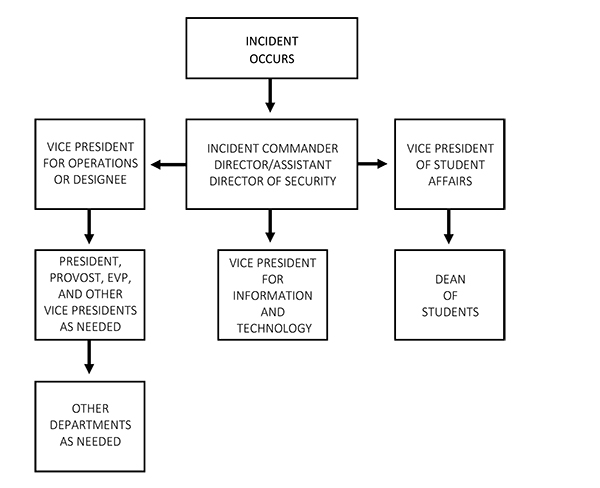
How will the commitment contribute to solve the public problem?: To provide DSWD’s disaster preparedness and response related data, information, advocacies and efforts to Disaster Response Stakeholders and the general public through the use of popular information and communication technologies (ICTs) that facilitate transparency & good governance.
#Godocs disaster response application series
2 Series of 2016, the DSWD is committed to improve its institutional mechanisms by the establishment and implementation of the DROMIC Virtual OpCen (Disaster Response Operations Monitoring and Information CenterVirtual Operations Center), to provide the general public with access to a comprehensive collection of data and information on the agency’s disaster preparedness and response efforts through information and communication technologies that facilitate transparency, accountability, citizen engagement, and good governance. What is the commitment?: In support to the call for freedom of information embodied in Executive Order No. With this in mind, the Department of Social Welfare and Development, through the Disaster Response Assistance and Management Bureau (DReAMB), has actualized the critical step towards continual improvement of disaster response mechanisms by establishing its Emergency Operations Center for disaster response and has developed its online version, the DROMIC Virtual Operations Center microsite accessible via the internet. Ensuring the availability, quality and accessibility of disaster related data and information for all stakeholders before, during and after a disaster is critical in the improvement of mechanisms for effective and efficient disaster response. TNS, “Two thirds of world’s mobile users signal they want to be found”, April 2012.What is the public problem that the commitment will address?: The need for accurate and up-to-date data and information to support disaster risk reduction and management operations has long been recognized by DSWD. (eds.) Computing with Spatial Trajectories. Zheng, Y., Zhou, X.: Location-based social networks. Jung, Y., Joshi, J.B.: CPBAC: property-based access control model for secure cooperation in online social networks. Juste, P.S., Wolinsky, D., Boykin, P.O., Covington, M.J., Figueiredo, R.J.: SocialVPN: enabling wide-area collaboration with integrated social and overlay networks. In: 10th International Conference on Collaborative Computing: Networking, Applications and Worksharing (CollaborateCom), 25 October, pp. Jung, Y., Figueiredo, R., Fortes, J.: Location-based timely cooperation over social private network. The approach allows effective sharing of disaster information and immediate cooperation within communities in a manner that reconciles with requirements of security and privacy.

The Smart DRS allows connectivity among users and sensing devices with short-term relationships based on geographical location within. To address the limitation of disaster management, in this paper, the smart disaster response system (DRS) is proposed.

However, existing disaster-responsive applications have been based on pre-established long-term relationships and focused on communication among human users. In a disaster situation, a disaster response system must address not only long-term needs that require continuous disaster recovery, but also short-term needs that require ephemeral cooperation between people and smart devices nearby.

From experiences with recent disasters such as tsunamis, earthquakes, and hurricanes, we can easily find evidence that shows an urgent need for intelligent disaster management systems. Disaster management is a critical component in smart cities to secure citizen’s safety. As the information and communication technology (ICT) has advanced, research on smart cities that take advantage of ICT has been extensively conducted to improve resource management and enhance citizen’s quality of life.


 0 kommentar(er)
0 kommentar(er)
